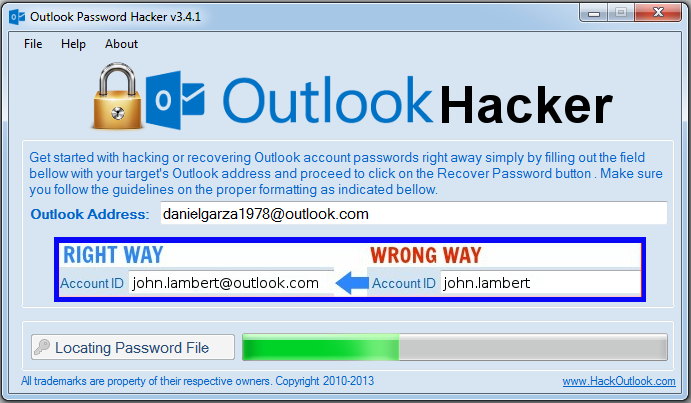


Attach files into your meetings so you have everything together ready. Don’t forget the CalendarĮnter appointments and meetings only on the calendar. Using Microsoft OneNote? Flag notes in OneNote and they will be displayed in your Outlook task list. Try not to enter tasks on your calendar as this becomes overrun with actions.

In many cases emails are actions, so turn these into tasks and reduce down your email inbox. Use Tasks for things you need to do for single or recurring tasks and set reminders. For example, set a rule for Automatic Replies so that responses to meeting requests (that don’t have content) are moved to Deleted Items. Use Rules to automate actions when emails are received. Reduce emails by Cleaning Up conversations – this keeps the latest email with the email thread but moves the individual replies to Deleted Items.Ĭreate Search Folders by keywords, project names, for follow up, categories, colleague names and more which enables you to find emails in super quick time in your mail box.Īdd folders or search folders to the Favourites area to access quickly. Alternatively, Quick Steps to create tasks from emails.Ĭreate your own Categories and apply to messages which can be found quickly using Search Folders. If you can’t deal with it quickly, set a Follow Up flag for Today, Tomorrow, This Week etc and then find these quickly via a Search Folder.ĭrag the email to the Tasks component on the navigation pane to create a task out of the email and set start and due dates. Set a Quick Step that forwards the email to a colleague and then deletes it. If it’s not your area, forward to a colleague. Alternatively set a Quick Step to Reply & Delete, again via a one click. Set a Quick Step to then move the email to a specified folder via a one click.

If you can action in a couple of minutes then do it. This moves future emails of the exact same thread to Deleted Items. If you don’t want to receive emails that are part of the same thread, then Ignore It. If you don’t need it, delete it straight away. When Outlook users make use of S/MIME to encrypt their messages and format their emails as plain text, the vulnerability allows the seemingly encrypted emails to be sent in both encrypted as well as human-readable clear text forms, the researchers explain.Emails, emails and more emails – we’re bombarded by them almost constantly! We waste so much effort in Outlook taking time to read, time to organise, time to process and time to action.įollow the quick steps below to embrace some of the fantastic features of Microsoft Outlook and learn to manage your email time effectively! S/MIME, or Secure/Multipurpose Internet Mail Extensions, is an end-to-end encryption protocol-based on public-key cryptography and works just like SSL connections-that enables users to send digitally signed and encrypted messages.Īccording to a security advisory published by SEC Consult earlier this week, a severe bug (CVE-2017-11776) in Microsoft Outlook email client causes S/MIME encrypted emails to be sent with their unencrypted versions attached. Beware, If you are using S/MIME protocol over Microsoft Outlook to encrypt your email communication, you need to watch out.įrom at least last 6 months, your messages were being sent in both encrypted and unencrypted forms, exposing all your secret and sensitive communications to potential eavesdroppers.


 0 kommentar(er)
0 kommentar(er)
